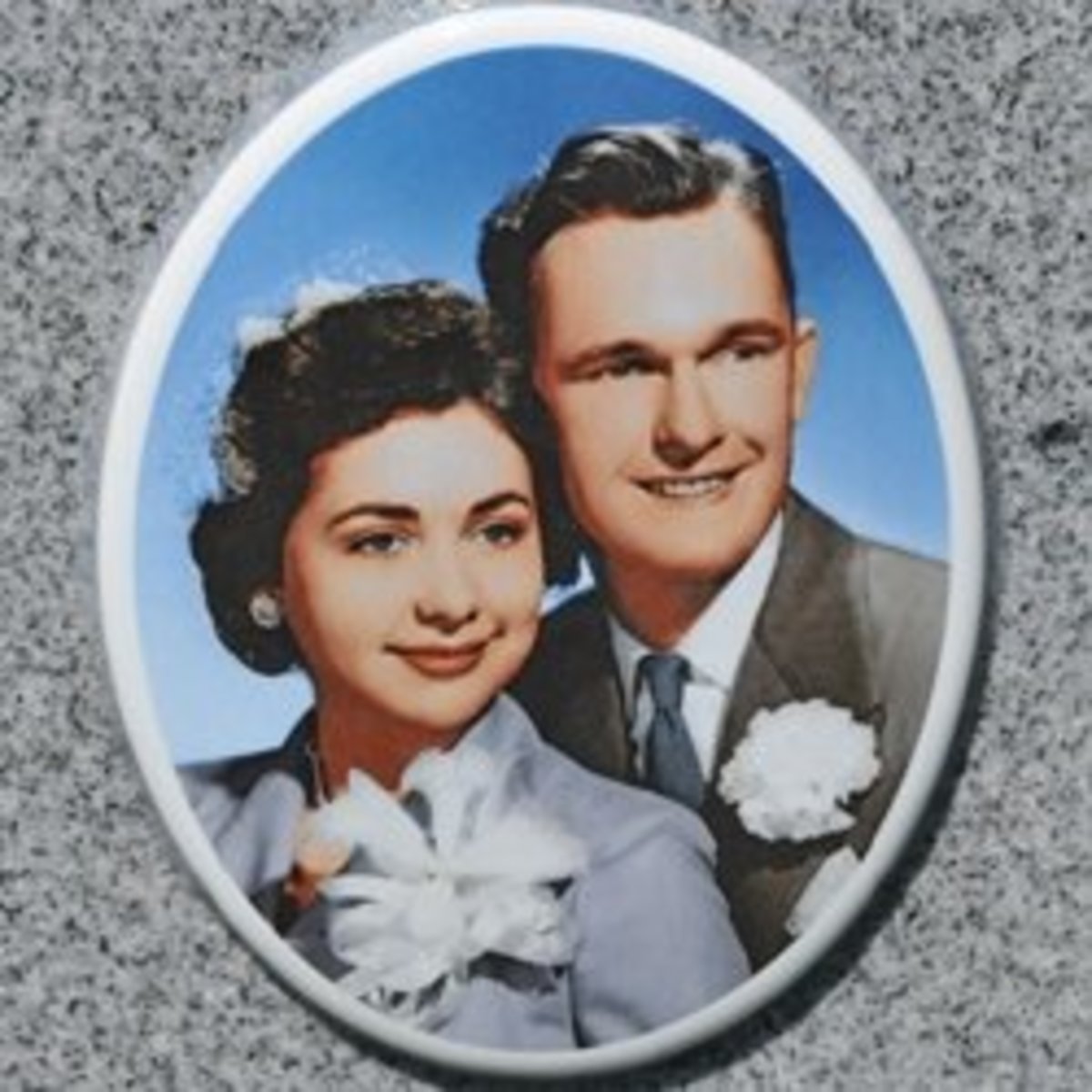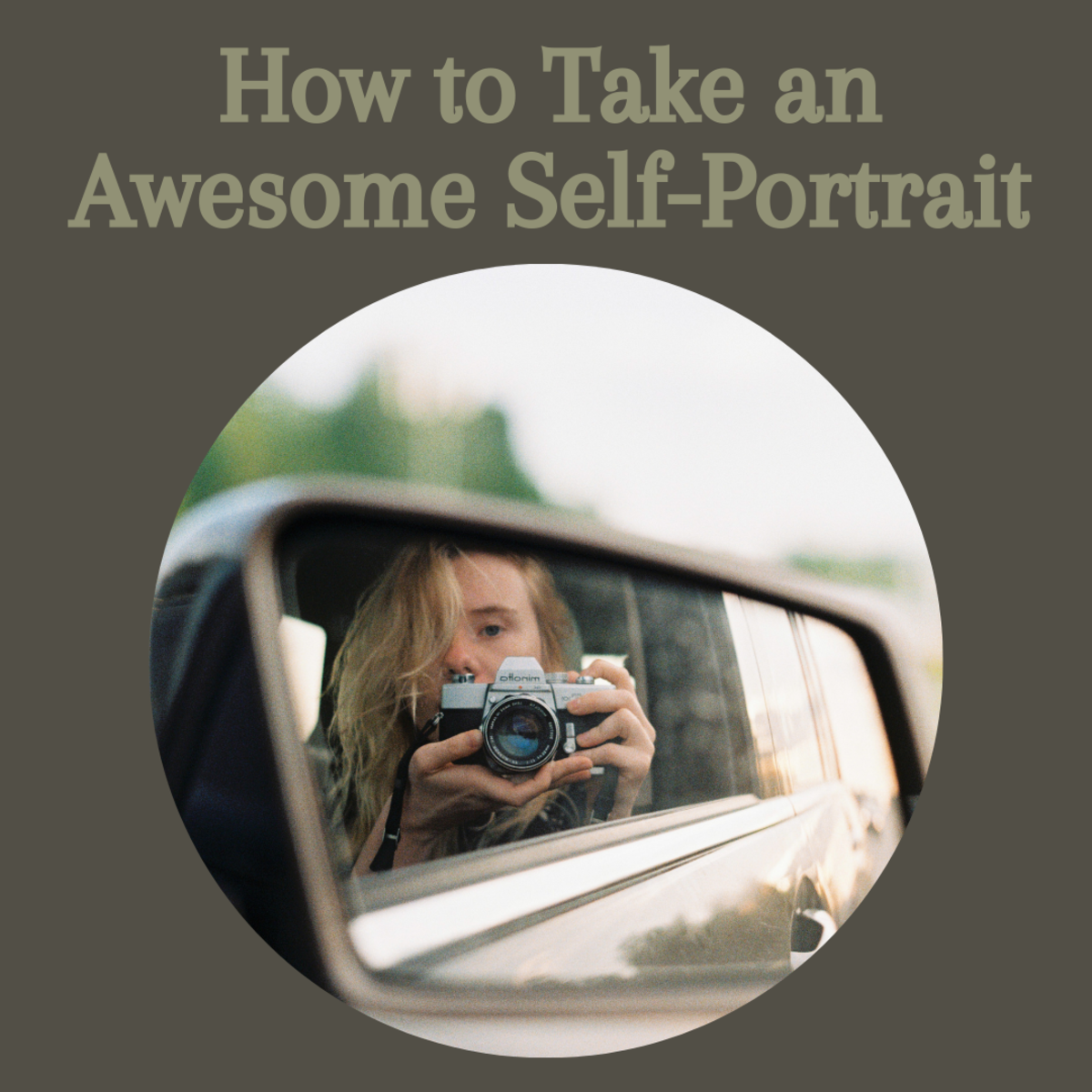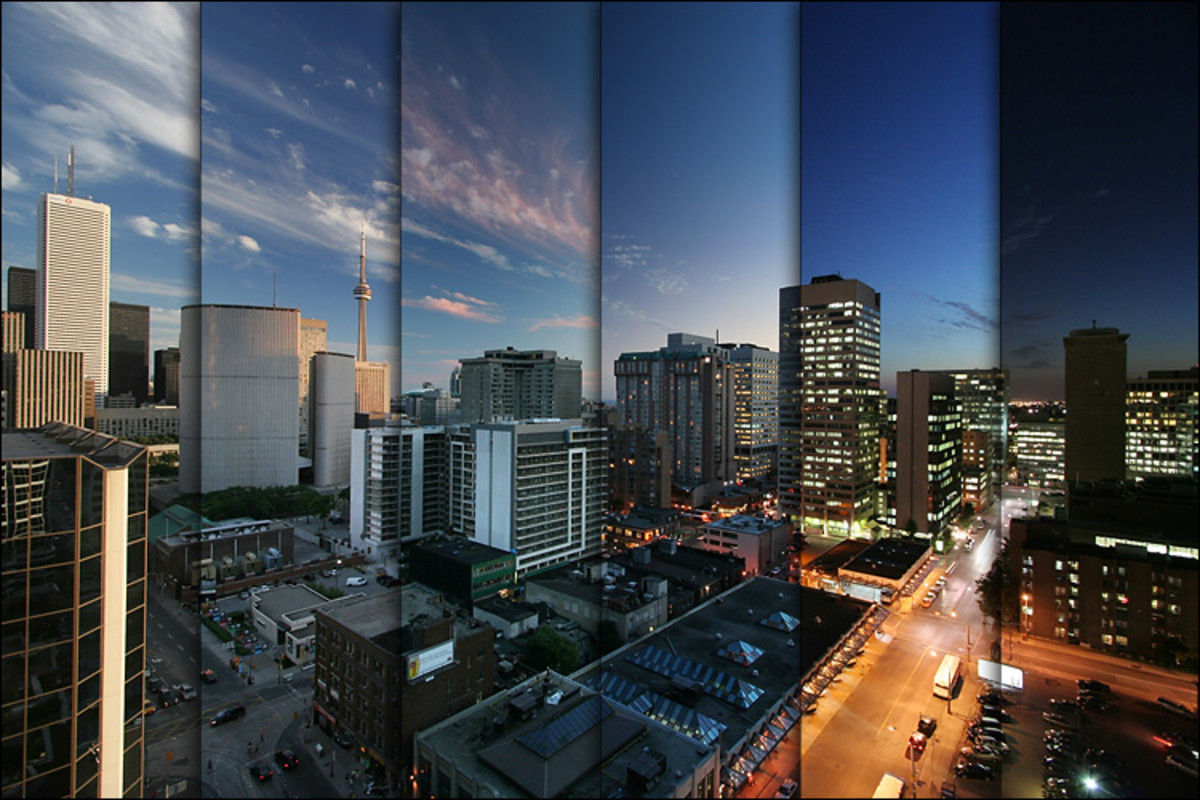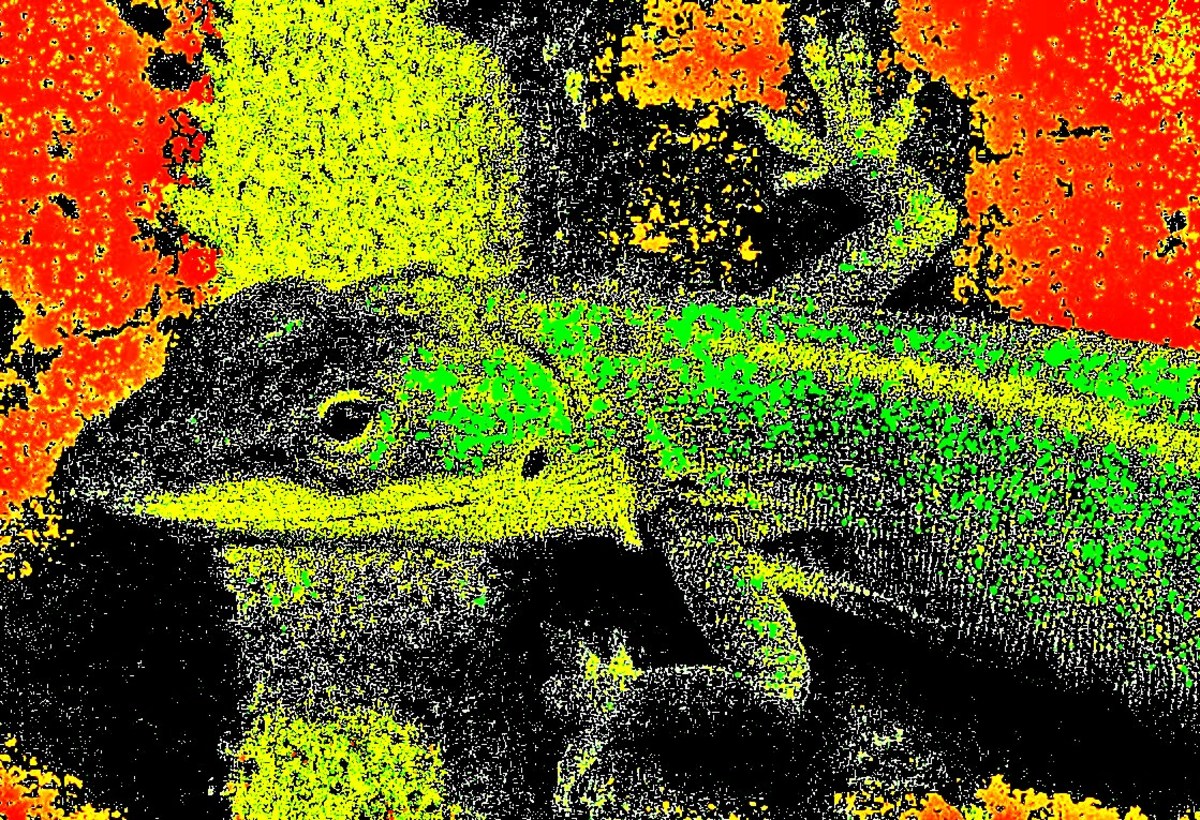Portrait Photography Tip - Move in Closer
An easy and simple way to improve your photos in most situations is to just move in closer to your subject. Either take a few steps closer, or use the zoom on your camera to zoom in closer on your subject.
By getting in closer you can better capture the emotion of your subject - emotions are most directly communicated by the eyes and the mouth.
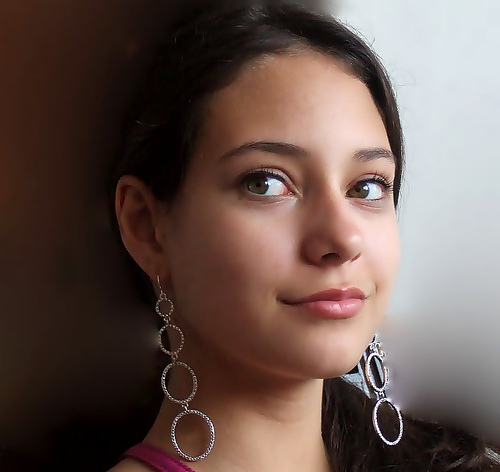
Filling the frame with your subject helps to simplify, remove clutter, and ensures your subject is the main focus of the photo. This trick can make a dramatic difference to your photos.
When photographing family and friends, most people will frame the shot with the subject's full body, or the head and upper body. Instead, try to fill the frame with the subject's face, particularly if they are smiling or have an interesting expression.
Use the rule of thirds when composing your photo, and try to place the subject's eyes in the top third of the photo. You should also make sure that your focus point is on the eyes. We are naturally drawn to look at the eyes first in portrait photos, and if they are out of focus, then it makes the whole photo look out of focus.

Try not to get too close to your subject, for close-ups zoom in a bit and avoid using a wide angle focal length (below 35mm). A longer focal length (more zoomed in) helps to flatten perspective, and ensures your subject's face does not look distorted with a big nose.
Most professional portrait photographers use a focal length somewhere between 70mm and 200mm. As well as the perspective advantage, it allows to photographer to get close-up portraits without having to be too close to the subject. This makes the subject more relaxed, and so it is easier to get photos with natural unforced expressions.

Although it can seem strange, try composing the photo so that the top of the subject's head is cut off at the top of the frame, or the sides of their head are cut off at the side of the frame. The idea of getting in close is to remove anything that doesn't add to the photo. Unless the subject is wearing an interesting hat or has an interesting hairstyle, then cutting that part of the head off can make for a stronger photo, emphasizing the expression of the face.
If you can't get close enough to your subject at the time of taking the shot, you can edit the photo later on the computer and crop it down to the subject's face. You can also try cropping into the face on any photos you may already have taken, and see what a difference it makes.




